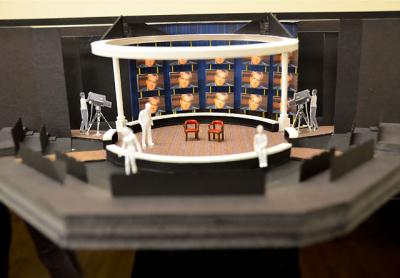Planters and New Sculptures at LongHouse
Planters and New Sculptures at LongHouse
The LongHouse Reserve in East Hampton will unveil sculptures by Helmut Lang, Alyson Shotz, and Dustin Yellin on Saturday. New artwork by Gustavo Bonevardi, Orly Genger, and Judith Shea was installed in May, and pieces by Toshiko Takaezu, Atsuya Tominga, and Johnny Swing will be moved throughout the property to provide fresh perspectives on the work and the garden.
Mr. Lang’s process-oriented sculpture is created from repurposed materials that evoke the human body while remaining abstract. The work at LongHouse, “twenty-two,” evokes the spinal column and segmented body of the earthworm, but it has been fashioned on the scale of the human body.
Ms. Shotz is interested in making objects that change depending on the light, the weather, and the seasons. “Crushed Cubes,” which has been installed at LongHouse on the island of weeping cherry trees, was made from welded steel that was crushed in a scrap yard.
Mr. Yellin is known for his large sculptural paintings that use multiple layers of glass, each covered in detailed imagery, to create a single intricate, three-dimensional collage. In a departure from his glass mosaics, he will exhibit two rockets, which will be installed along the axis of David’s Walk.
Also on Saturday, LongHouse will open “Planters: On and Off the Ground,” for which artists, landscape designers, and gardeners make creative and unusual combinations of plants and vessels within a specific footprint. This year’s theme is “Freedom in 25 Square Feet.”
The opening reception will take place from 4:30 to 7 p.m. Edmund Hollander, a landscape architect, will present the awards at 6, and the opening day audience will cast votes for the People’s Choice Award. Tickets are $20, $10 for members. The exhibition will remain on view through July 21.







